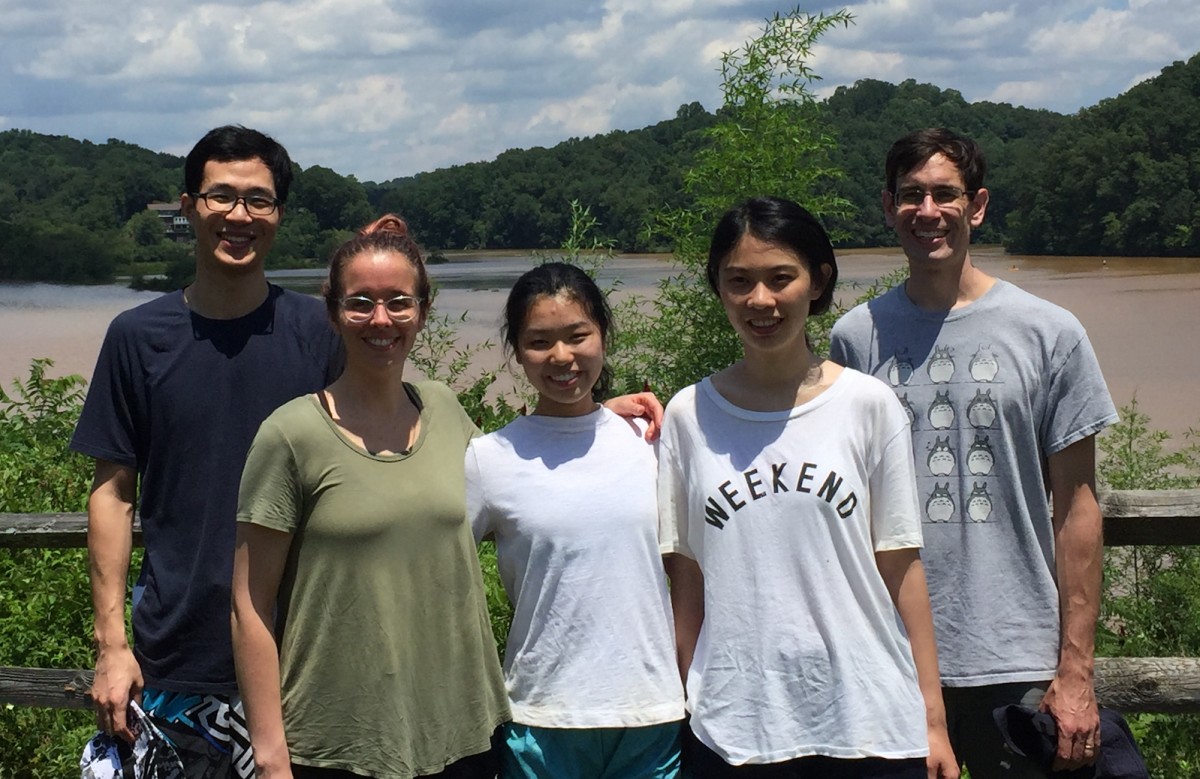The Kindt group is not currently taking students or postdoctoral fellows.
My current primary responsibilities within the Department of Chemistry are to teach and to serve as Director of Undergraduate Studies. As the opportunity arises, I occasionally advise students and colleagues on research questions related to simulation and theory (thermodynamics and kinetics).
We use computer simulation and formal theory to study the fascinating phenomenon of molecular self-assembly: the spontaneous and reversible aggregation of molecules into a wide variety of structures. Self-assembly is common in biological systems, and also provides a useful approach to the synthesis of materials with nanoscale features. Our research goals are to understand and predict how the sizes, shapes, and various other properties of self-assembled structures depend on the chemical structures of their constituents and on conditions of temperature, pressure and concentration. Using a range of theoretical and computational tools (e.g. molecular dynamics, Brownian dynamics, Monte Carlo, and statistical thermodynamics) we can learn both how a molecule’s structure influences local packing and how local effects give rise to mesoscale structure and bulk phase behavior.
See the menu above for more information on active projects within the group, the people who are doing this work, and our research publications.
Spheres packed on the surface of a (160 times) larger sphere, modeled via solvent-repacking grand canonical Monte Carlo algorithm. Color coding indicates number of neighbors; grey for 6, red for 7, blue for 5, yellow for 4. Simulation by Erdong Lu.
Financial support for the Kindt group research activities has been provided by National Science Foundation grants CHE-1213904, CHE-0911285, CHE-0616383, and CHE-0316076
and ACS Petroleum Research Fund grant 54642-ND6. Current funding from the Department of Chemistry and the Emory University Research Committee is gratefully acknowledged.

